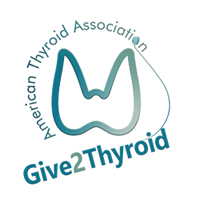SUMMARY OF THE STUDY
This study included 81 thyroid nodules from 81 patients who underwent thyroidectomy at a single center in Turkey between January 2013 and March 2014. Patients were included if the same ultrasound features were observed by two different radiologists. The presence of calcifications in both the ultrasound image and the surgical tissue was noted and the relationship between cancer and calcification patterns was determined.
Of the 81 patients, 63% were female and the average age was 50 years. Ultrasound calcifications were detected in 42 (51.9%) of all nodules, although only 22 of those (27%) were true microcalcifications and the other 20 (24.7%) were macrocalcifications. Of the 42 nodules with any type of ultrasound calcification, 28 of them (66.7%) actually had calcifications in the tissues examined after surgery. However, only 11 of the 22 nodules (50%) with ultrasound microcalcifications contained calcifications in the thyroid tissue. In fact, 5 (12.8%) nodules without ultrasound calcifications were found to have calcifications on in the thyroid tissue.
Overall 23 of the 42 (54%) nodules with any type of ultrasound calcification were cancer, but 13 of the 29 nodules (45%) without ultrasound calcifications were also found to be cancer. Consequently, the rate of cancer was not different between nodules with or without ultrasound calcifications. Finally, only 12 of the 22 nodules (54%) with microcalcifications on ultrasound were found to be cancer and there was no difference in the rate of thyroid cancer between nodules with ultrasound microcalcifications and macrocalcifications.
WHAT ARE THE IMPLICATIONS OF THIS STUDY?
Overall patterns of microcalcifications and macrocalcifications seen on ultrasound were only loosely correlated with calcification in thyroid tissue. Furthermore, the presence of either of these types of calcifications did not reliably predict cancer. These results highlight the importance of evaluating multiple criteria for thyroid cancer, including those obtained through clinical history, physical examination and diagnostic imaging, and not relying on the presence or absence of a single finding.
— Phillip Segal MD FRCPC




